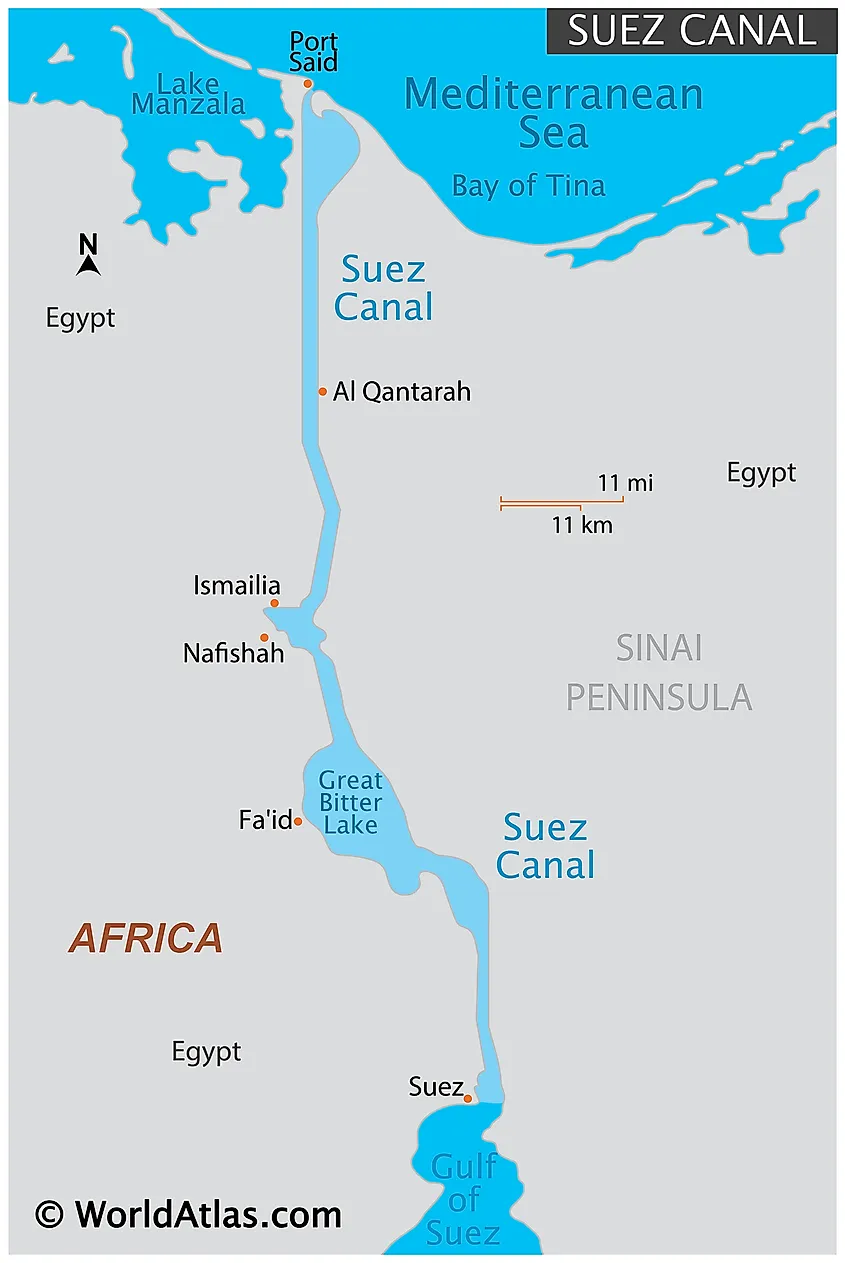Embarking on a journey from Mombasa to the Suez Canal by sea is an adventure that captures the essence of maritime travel. This route, rich with history and culture, offers travelers a unique perspective on some of the world's most significant waterways. As you traverse this path, you'll encounter vibrant ports, stunning landscapes, and the fascinating interplay between ancient traditions and modern global trade.
From the bustling port city of Mombasa in Kenya to the strategic Suez Canal in Egypt, this journey encapsulates the spirit of exploration. The route not only connects two crucial points on the African continent but also serves as a gateway to Europe and Asia. Understanding the dynamics of this maritime journey provides insight into the intricate web of international commerce and the challenges faced by those who navigate these waters.
The Red Sea Crisis has significantly impacted African ports, particularly affecting major hubs like Mombasa.
Maritime Disruptions Along the African Coast
The Suez Canal, a vital artery for global shipping, typically handles over 95% of ships traveling through this region. However, the security crisis in the Red Sea has introduced serious disruptions, negatively impacting operations at key East African ports such as Mombasa and Dar es Salaam. These disruptions have highlighted the vulnerabilities within the global supply chain and underscored the importance of maintaining secure maritime routes.In response to these challenges, alternative routes are being explored.
Exploring Alternative Maritime Routes
For instance, the Semester at Sea Fall 2022 program included a transit through the Suez Canal, visiting multiple countries across Europe, Africa, and Asia. This voyage, which started in Amsterdam and concluded in Dubai, demonstrates the complexity and diversity of modern maritime travel. Participants had the opportunity to experience diverse cultures and understand the interconnectedness of global economies, highlighting the significance of maintaining open and safe sea lanes.Additionally, discussions about alternative routes often include suggestions like traveling north to Egypt via rail before embarking on a ship across the Mediterranean.
Navigating Through Changing Trade Routes
Such alternatives reflect the adaptability required in the face of evolving geopolitical and security landscapes. While the traditional route through the Suez Canal remains critical, exploring other pathways ensures continuity in international trade. This flexibility is essential for mitigating risks associated with regional conflicts and ensuring the smooth flow of goods worldwide.Mombasa has recently been the site of significant naval activities, including the Central Partnership Station (CPS) mission.
Strengthening Maritime Partnerships
Involving the U.S. Navy, Kenya Navy, and regional partners, CPS aimed to enhance relationships and address shared security concerns around the Suez Canal and Bab al-Mandeb. Such collaborative efforts underline the importance of international cooperation in securing vital maritime corridors and promoting stability in regions affected by crises.For those considering the distance between Mombasa and Suez, the air travel distance is approximately 3,841 km or 2,387 miles.
Evaluating Travel Options Between Mombasa and Suez
Although there is no direct connection, options include taking a taxi to Mombasa (MBA) airport, flying to Cairo International Airport (CAI), and then proceeding to Suez. This route can be both cost-effective and time-efficient, catering to different traveler preferences.Finally, the rerouting of ships due to the Red Sea crisis has led to increased pressure on African ports.

